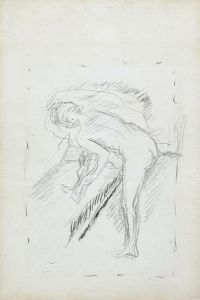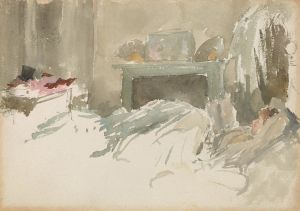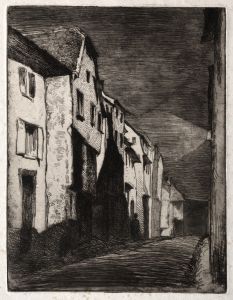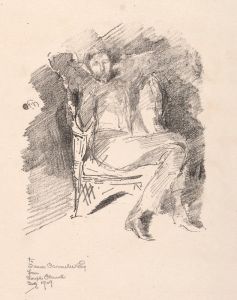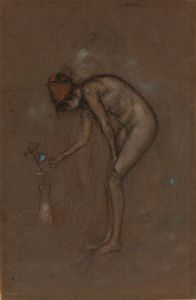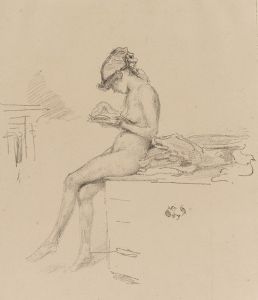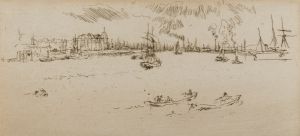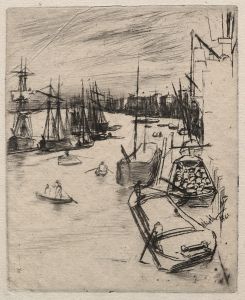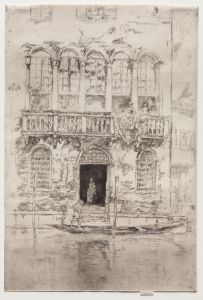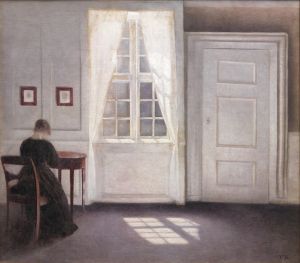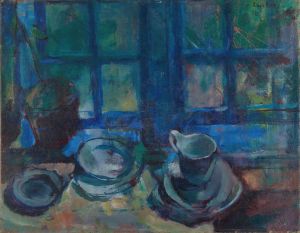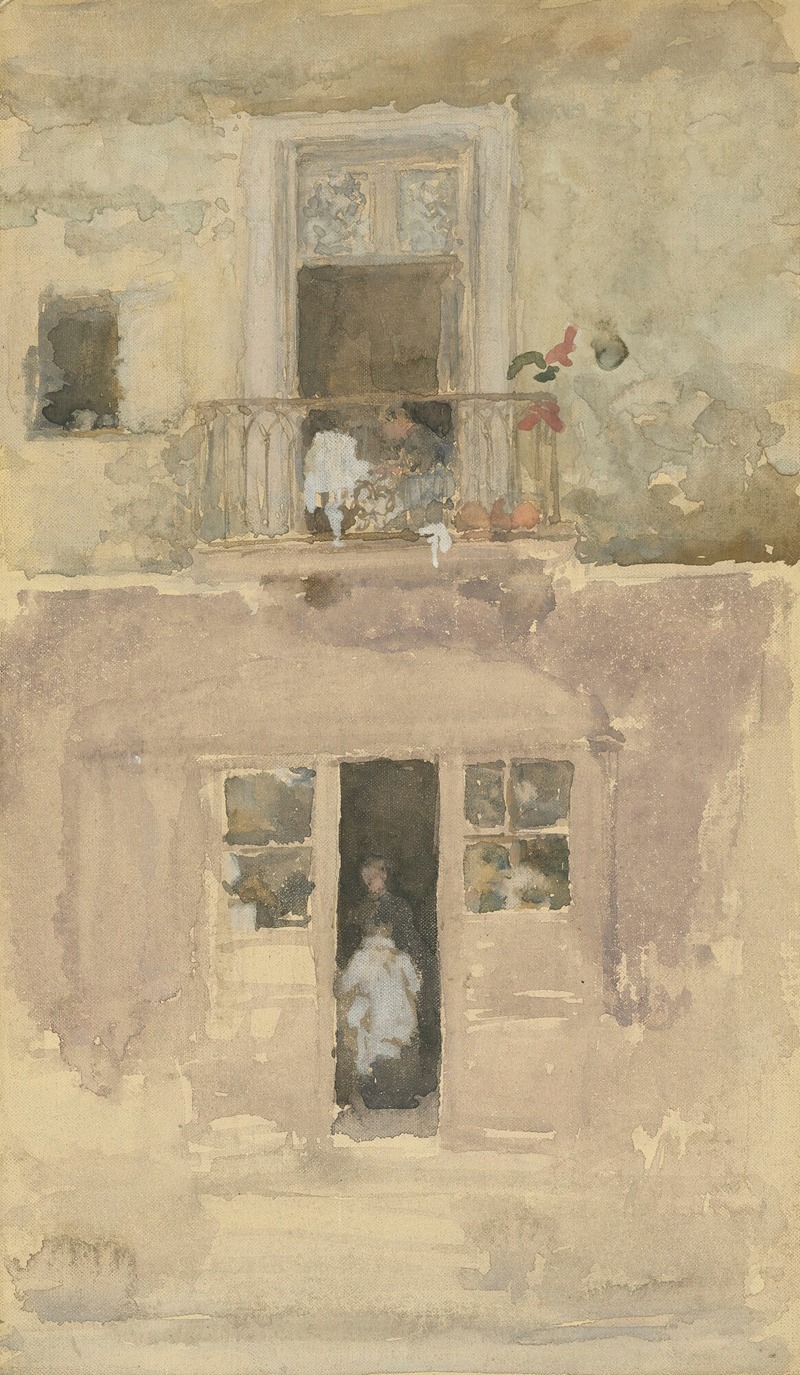
The Balcony
A hand-painted replica of James Abbott McNeill Whistler’s masterpiece The Balcony, meticulously crafted by professional artists to capture the true essence of the original. Each piece is created with museum-quality canvas and rare mineral pigments, carefully painted by experienced artists with delicate brushstrokes and rich, layered colors to perfectly recreate the texture of the original artwork. Unlike machine-printed reproductions, this hand-painted version brings the painting to life, infused with the artist’s emotions and skill in every stroke. Whether for personal collection or home decoration, it instantly elevates the artistic atmosphere of any space.
James Abbott McNeill Whistler's "The Balcony" is an oil painting created in the late 19th century, showcasing the artist's distinctive style that blends elements of realism and impressionism. Whistler, an American-born artist who spent much of his career in Europe, is renowned for his innovative approach to composition and color, as well as his influence on the Aesthetic Movement, which emphasized art for art's sake.
"The Balcony" is believed to have been painted during Whistler's time in Venice, a period that significantly impacted his artistic development. Whistler arrived in Venice in 1879, initially intending to stay for a few months, but he ended up remaining for over a year. This period was marked by financial difficulties and a need to rebuild his reputation following a libel suit against the critic John Ruskin, which, although Whistler won, left him in financial distress.
During his stay in Venice, Whistler produced a series of etchings and paintings that captured the city's unique atmosphere and architecture. "The Balcony" is one such work, reflecting Whistler's fascination with the interplay of light and shadow, as well as his interest in capturing the fleeting effects of the environment. The painting depicts a view from a balcony, possibly overlooking one of Venice's many canals or a similar scenic vista. Whistler's use of a limited color palette and his focus on the subtle gradations of tone are characteristic of his work from this period.
Whistler's technique in "The Balcony" demonstrates his mastery of composition and his ability to convey mood through the careful arrangement of visual elements. The painting's composition is likely influenced by Whistler's interest in Japanese art, particularly the use of space and the balance of forms, which he admired for its simplicity and elegance. This influence is evident in the way Whistler organizes the elements within the painting, creating a harmonious and balanced scene.
The painting also reflects Whistler's belief in the importance of harmony in art, a principle he articulated in his famous "Ten O'Clock Lecture," where he argued that art should stand apart from moral or narrative concerns and be appreciated for its aesthetic qualities alone. This philosophy is evident in "The Balcony," where the focus is on the visual experience rather than any underlying story or message.
"The Balcony" is part of Whistler's broader body of work that contributed to his reputation as a leading figure in the Aesthetic Movement. His emphasis on beauty and form over narrative content influenced subsequent generations of artists and helped pave the way for modernist approaches to art.
Today, Whistler's works, including "The Balcony," are celebrated for their innovative approach to composition and their contribution to the development of modern art. His ability to capture the essence of a scene with minimal detail and his focus on the aesthetic experience continue to be appreciated by art historians and enthusiasts alike. While "The Balcony" may not be as widely recognized as some of Whistler's other works, such as "Arrangement in Grey and Black No.1" (commonly known as "Whistler's Mother"), it remains an important example of his artistic vision and his contributions to the art world.





